Sugar Glider Cages A Bad Example
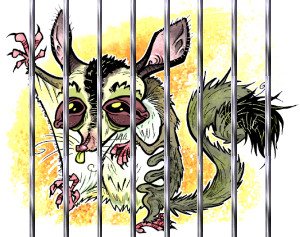 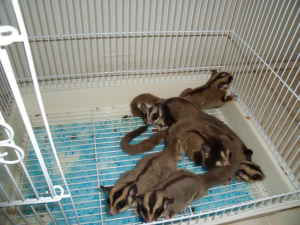
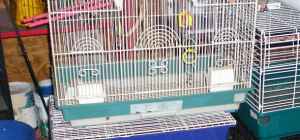
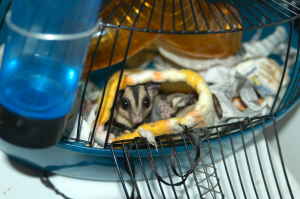
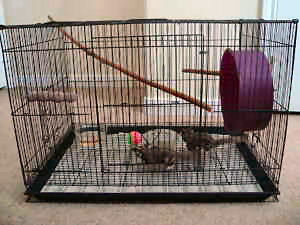
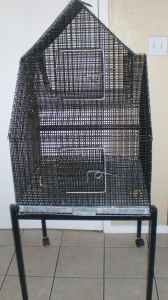
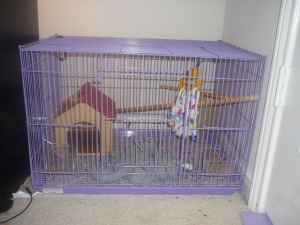
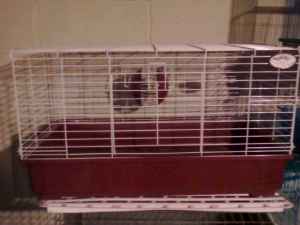
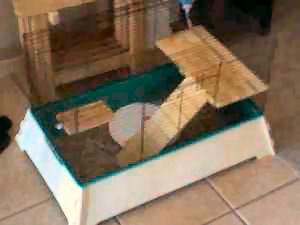
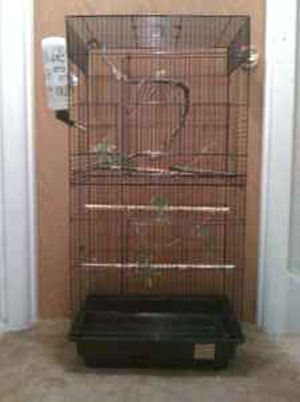
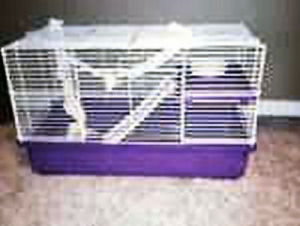
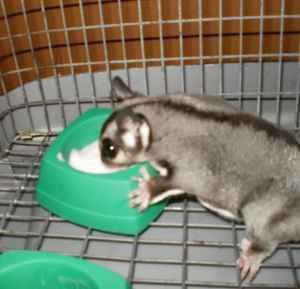
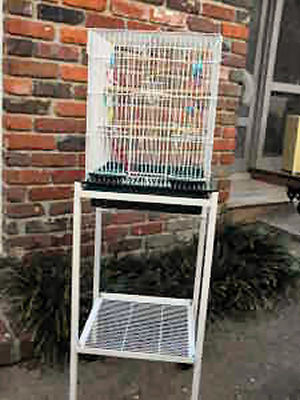
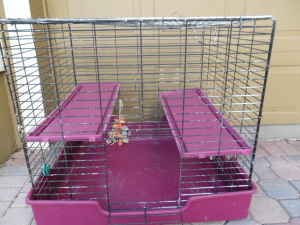
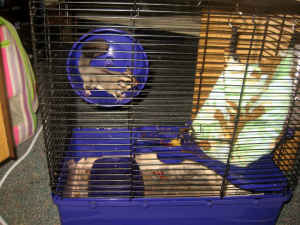
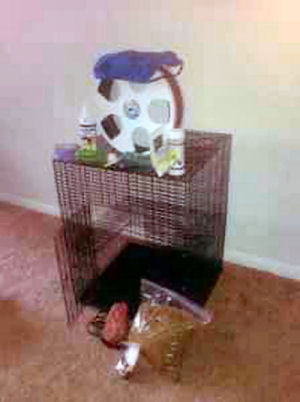
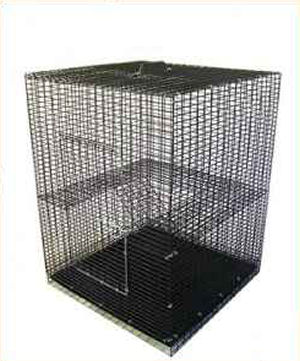
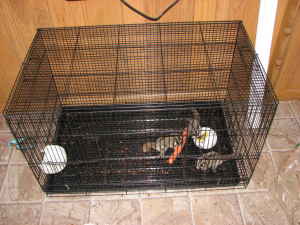
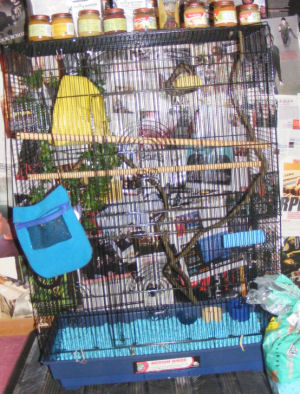
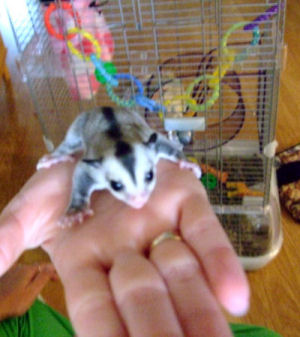
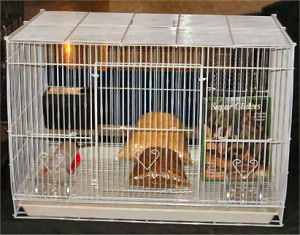
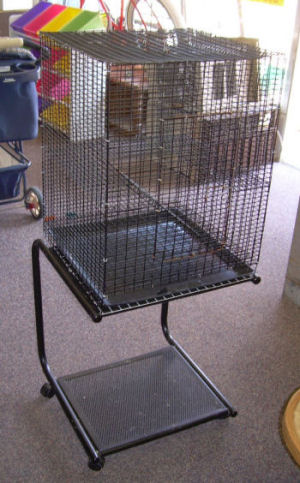
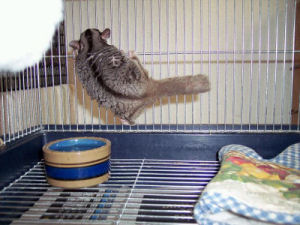
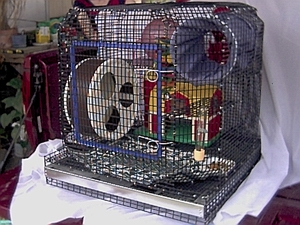
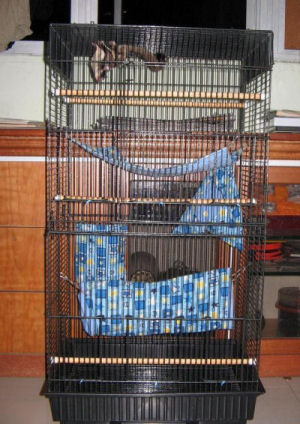
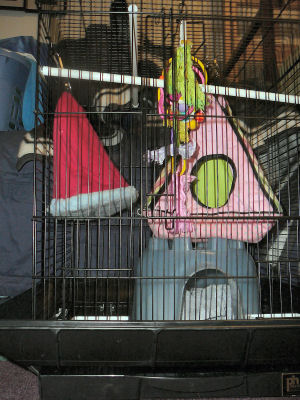
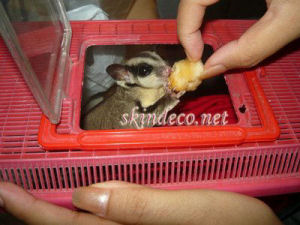
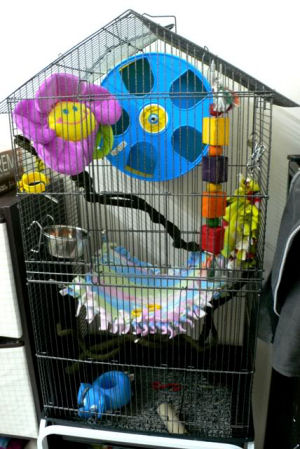
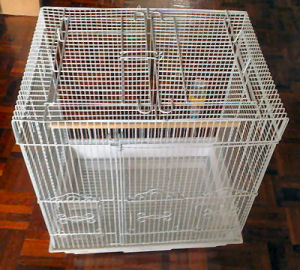
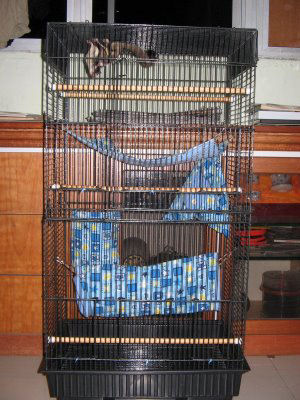
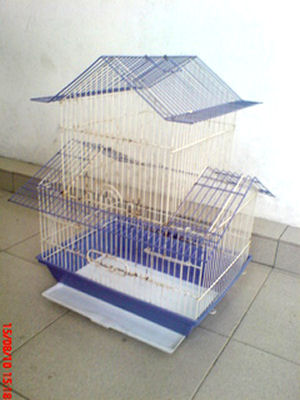

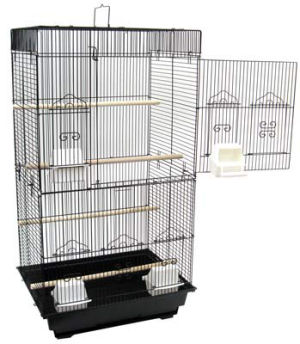
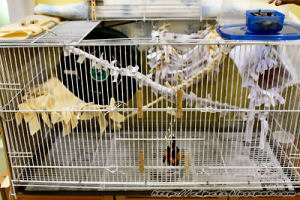
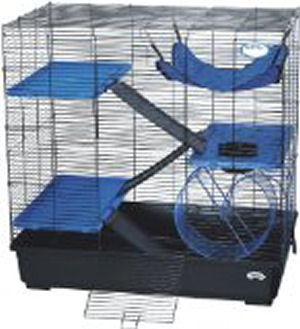
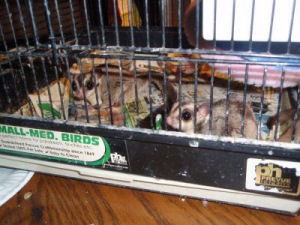
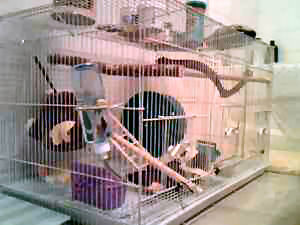
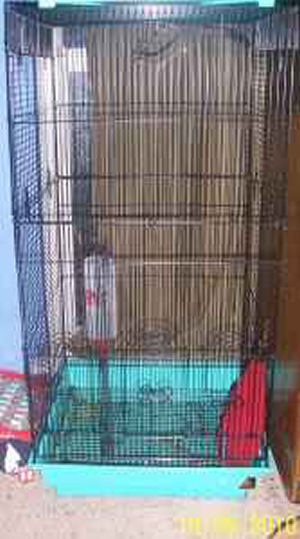
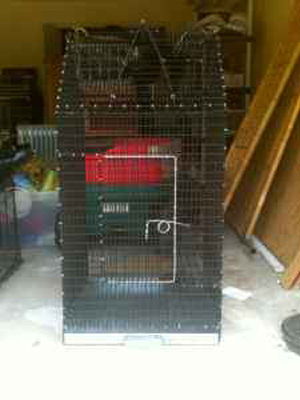
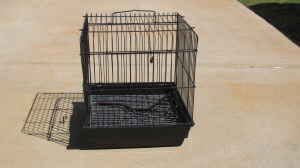
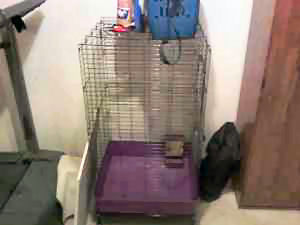 |
Sugar Glider Cages - A bad example
Every one of these images are examples of poor cages
for keeping sugar gliders. Each one has been pulled from
a Craigslist post in order to present you a
real-world
problem.
For comparison, you can see some examples of popular
acceptable cages HERE which are often referred to
as flight, aviary or tower styles.
Size:
To begin with, every one of these cages is too small for even a single
animal. A few of these could be considered "temporary" cages for
introductions,
medical issues or other various reasons, but not a single one is
adequate for
long term keeping. Odds are that the cage which came with your sugar
glider(s) is too small. Most breeders, flea market sellers, pet shops
will offer a cage that is very small. Understanding that sugar gliders
are arboreal (tree dwelling), you can realize that their cage
requirements might not be the same as they are for common rodents of
the same size. Much like squirrels, sugar gliders live in the
tree
tops and commonly leap and glide large distances in the course of an
evening outing. There is no real way to duplicate this in a caged
environment, but one can at a minimum allow for a very large "flight",
"aviary" or "tower" style of cage and also install all sorts
of
branches, shelves, floors, cubbies, boxes, pouches and anything else
you can imagine for them to romp around on and explore. The honest
truth to what kind of cage you should keep your sugar glider(s) in is
simply the largest one that you can find and afford.
Stimulation:
Many of these examples have absolutely nothing in them. Sugar gliders
are cerebral animals and they need daily mental stimulation in order to
be healthy. In the wild these animals have to work constantly to
survive which includes endless activity and interaction while awake.
Small cages with nothing in them lead to mental disorder behaviors
which are generally non-correctable after the fact. Exercise wheels are
an absolute must. Pouches are a must. Bird toys,
boxes, chains, tunnels, swings,
slings, tents, and so forth can all be used to give the animal
something to have while imprisoned in a cage environment.
Comfort:
Many of these examples have very little to no comfort inside the cage.
Thin bare wires are very difficult on sugar glider feet long term. This
can lead to malformed feet, pain and possible self mutilation
and death. It is very easy to add more comfort to any cage by covering
the floor grate with a plastic mesh or fleece. You can
easily add in solid shelves in order for the
animal to perch while at rest. All of the items listed in the previous
paragraph are also good examples of comfort items.
Other thoughts:
- Two water bottles
per cage is common practice to prevent accidental dehydration. This
makes it easier on you and the
animals. One of the examples shows an empty water bottle which is bad
news.
- You can repurpose unused hardware such as ladders and
shelves covered in mesh to make a second floor in the cage for
additional room to place toys and other things to explore.
- Sugar gliders are tree-dwelling, and much like birds,
they poo and pee absolutely everywhere. Cage
walls and surfaces need to be kept clean.
- Sugar gliders should not have direct access to their
waste or substrate. A raised floor cage is needed so that the mess can
fall through typically to a newspaper layered drop pan
- Nails have to be maintained which is often too much
effort for new owners.
- Diet is an expansive topic and is
often too much for new owners to manage correctly.
- Being colony animals, two is the absolute least
number of animals you should have. A single animal will most likely
suffer long term mental distress no matter how much you play with it
for the first six months. They need each other for interaction
that human contact cannot substitute for.
- BONDING
is a thing that animals do with each other. Sugar gliders do not bond
with humans, they are tamed. Human companionship is not a replacement
for another animal of its kind. Keeping 2+ animals as a colony
does not hinder taming in any way and may in fact assit it as the
animals begin to compete for treats and attention.
- Budget cage lift-up doors are dangerous.
These items above are brief and designed to start you on the
quest for
learning. You are welcome to visit the Sugar Glider Encyclopedia
or come read through, search and join in any of the
discussions on popular
forums. Life is full of questions, never be afraid
to ask any of them.
Please never stop learning and always share what you learn with others.
|
NOTES
You are welcome to repost this article on Craigslist or any forum or site. You can find the html source HERE for easy copy and pasting. And I have created a PDF version HERE for printing.
|









































